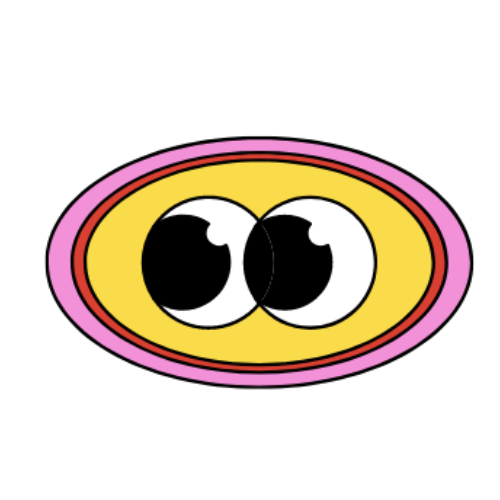Guess what the results were?
94% of the parents - almost everyone! - agreed with the standard, while only 52% of their grown children shared the same thoughts. The most interesting, though, was the fact that 22% of those polled agreed that single-person households are a type of family too!
This leads us to a whole new world of Korean neologisms connected to new types of families emerging in Korea. Let’s take a look at some of them!
DINK (딩크족)
Double income, no kids - with the prices crashing the market, more and more young Korean couples give up on raising children and decide to live for themselves only, making up a DINK family. Here we also have SINK (싱크족) - Single Income No Kids, usually with men working, and DEWK (듀크족) - Double Income with Kids, a more traditional family approach.
TONK (통크족)
Unlike many Western countries, in Korea traditionally parents help their children raise their own grandchildren, and often move in together as they get older. A new type of families where elderly parents decide to separate themselves from their adult kids and live independently, enjoying their golden age, is called TONK - Two-Only, No Kids!
DINKPET (등크펫족)
If you have lived in Korea for some time, you have probably seen baby strollers with dogs inside at least once. As the couples give up on raising kids, many decide to raise pets instead! DINKPET (Double Income No Kids + Pets) families hold huge pet birthday parties, take them on all important family occasions and devote all their time to their furry babies.
Myself generation or Cocoon family (나홀로족/코쿤족)
While there is a neutral term for one-person households (1인가구), Cocoon family refers to those not just living alone but finding comfort in this seclusiveness. They spend most of the time at home or in their cars, and communicate with the world mostly through internet and delivery services. Just like living in a cocoon!
Did you find your own family here? Share with us!

